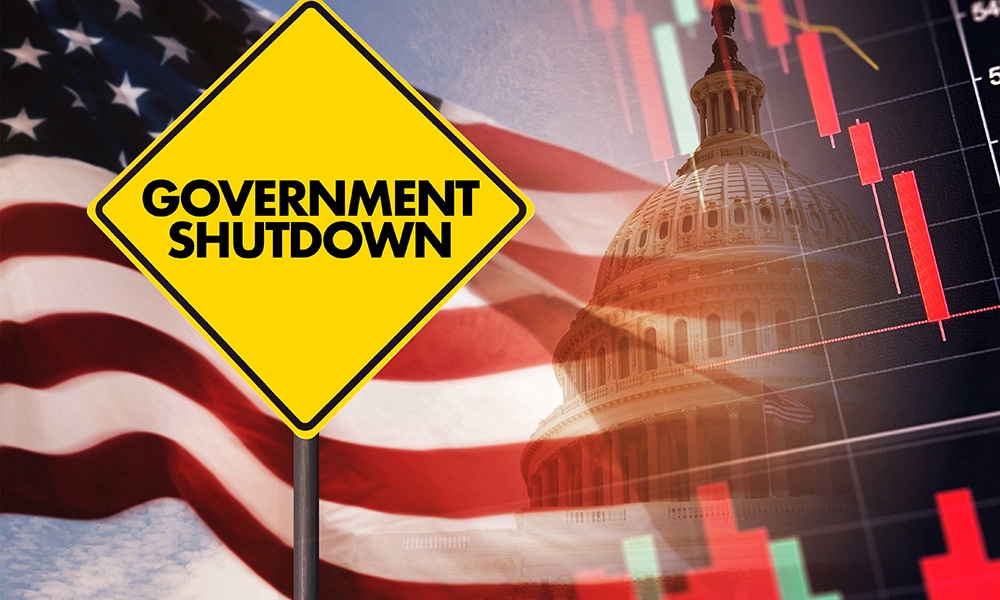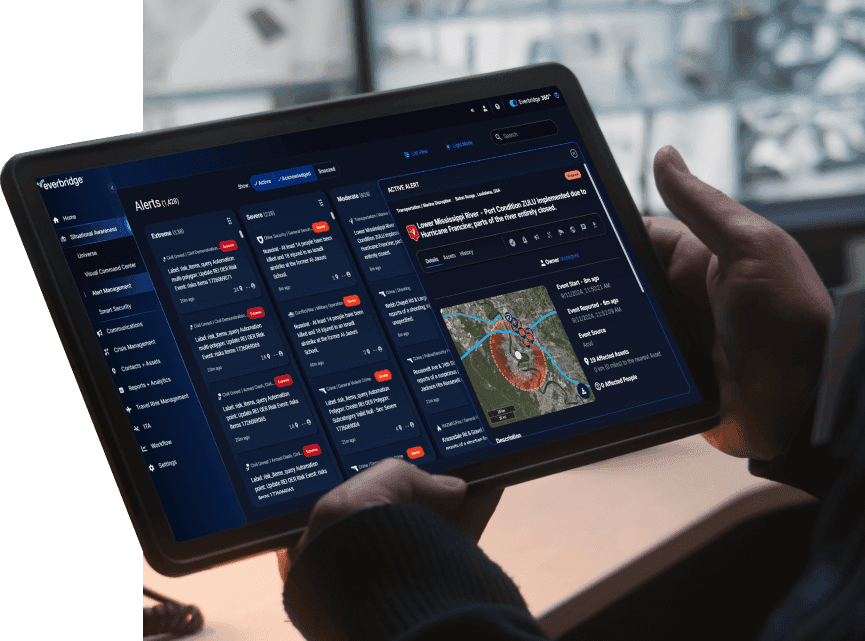Navigating the U.S. government shutdown

In our latest Rapid Resilience Briefing, Christie Majoros explains how the current U.S. government shutdown differs from previous ones with little compromise in sight.
Full transcript
[00:04.9]
Hello, my name is Christie Majoros. I am the Regional Analyst for North America on Everbridge’s Global Insights team. And today I’ll be giving a brief update on the current government shutdown, which is in its seventh day after starting on October 1st. At this time, there is little indication of the compromise in voting which would end the current shutdown and reopen the government.
[00:24.7]
And this is seeming unlikely to happen today or perhaps even this week. Government shutdowns are nothing new. We saw them during the previous Trump administration, and we saw them during the Obama administration. Like previous shutdowns, this current shutdown is causing many of the same problems in the halting of the disbursement of federal funding and also in the furloughing of the federal employees that run federal agencies.
[00:52.7]
However, unlike previous shutdowns, which were a temporary pause on government processes, this current shutdown has been seized upon as an opportunity for the administration to reallocate federal resources so that they are more in keeping with current executive priorities.
[01:14.5]
We’re seeing this happen in two ways. First, in the withdrawal or the cut to federal funding for certain projects. We’ve seen this, for major infrastructure projects in New York and Chicago, and also for clean energy projects in at least 16 other states to date.
[01:36.7]
Second, the President has announced that there are likely to be further personnel cuts to federal agencies. At this time, those agencies have not been named specifically. However, taking into account current executive priorities and the cuts made to federal agencies earlier this year, we might surmise that these are agencies that will be related to civilian, regulatory or science matters.
[02:04.2]
However, this remains to be seen. So what does this mean for businesses? Well, like any shutdown, this largely puts a pause on the government processes that interact with businesses. However, unlike a typical shutdown, whose effects would be temporary, this shutdown will have a reshaping effect on the federal government.
[02:28.9]
This means that many sources of federal funding or federal processes may not resume after the shutdown is resolved. And this will have a big impact on which industries will be able to grow and which will find this more difficult in the post shutdown period.
[02:48.9]
For right now, in addition to the practical problems created by this shutdown, there’s also this large uncertainty, in a situation which is very high stakes and increasingly volatile. So what can businesses do to mitigate?
[03:04.7]
Well, they can strengthen cash reserves, they can look beyond federal contracts, and they can stay alert to policy shifts, so that they can quickly adjust if funding or regulations change. In short, they can be prepared, they can keep an eye on the situation and be prepared for the possibility of a long term disruptive change.




